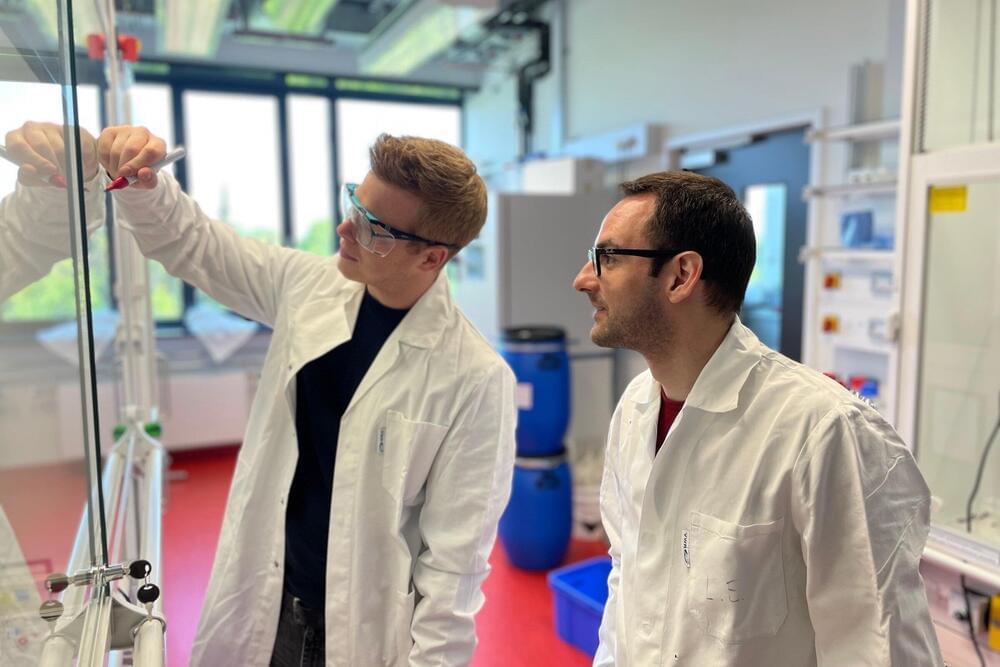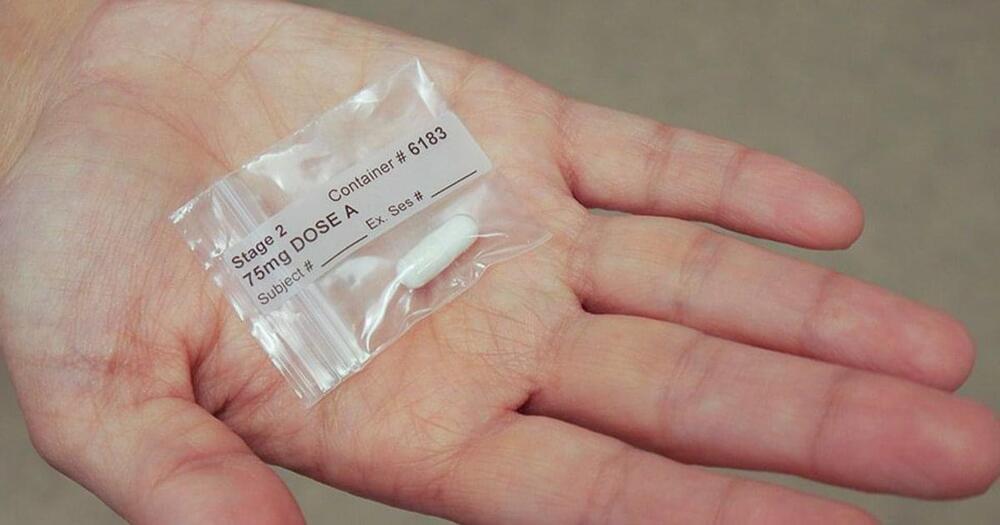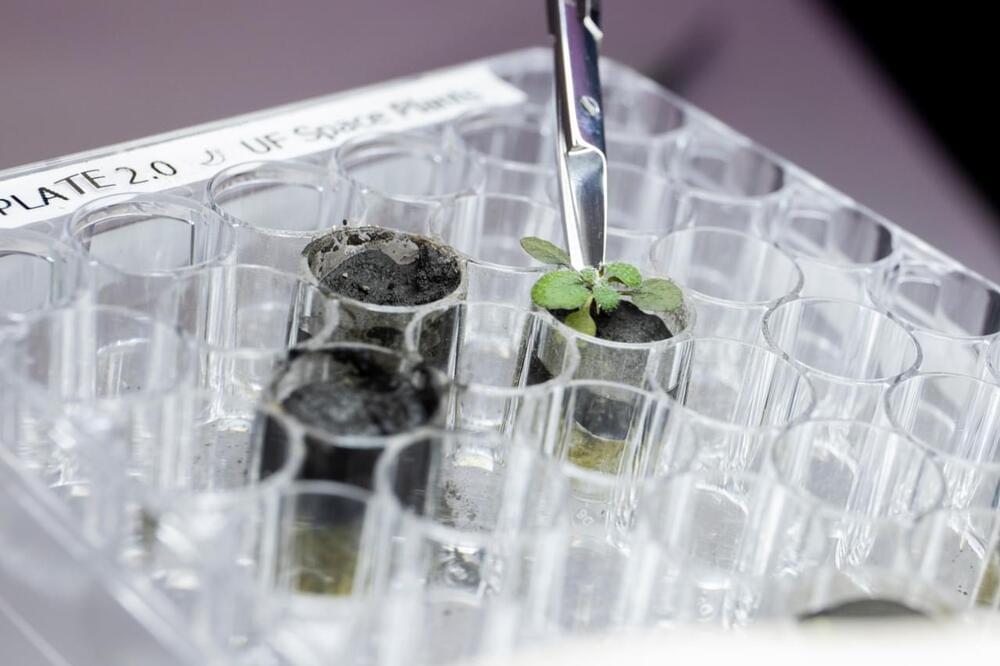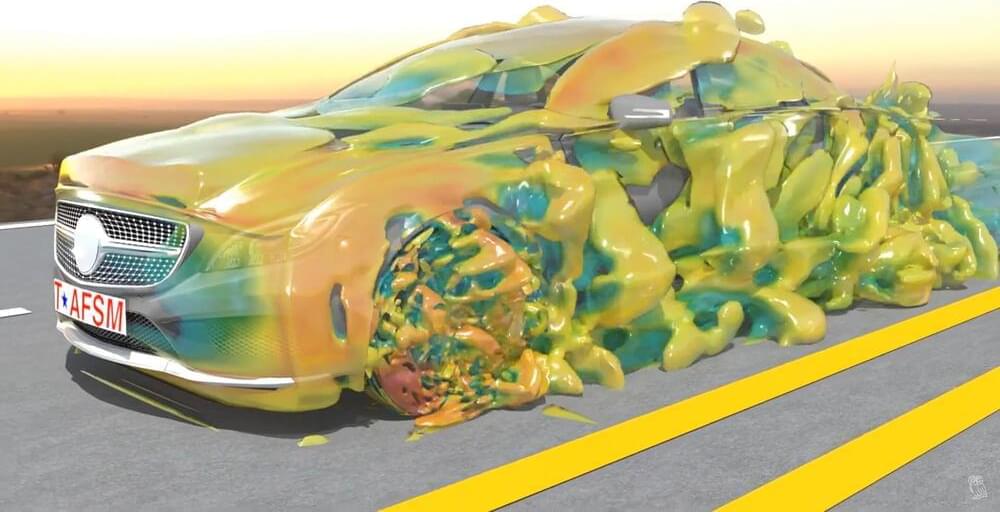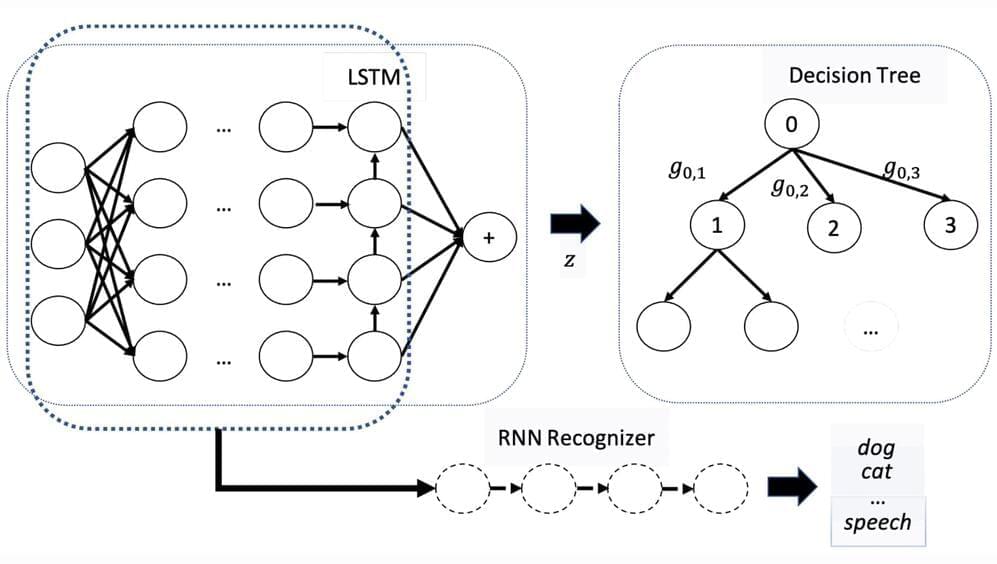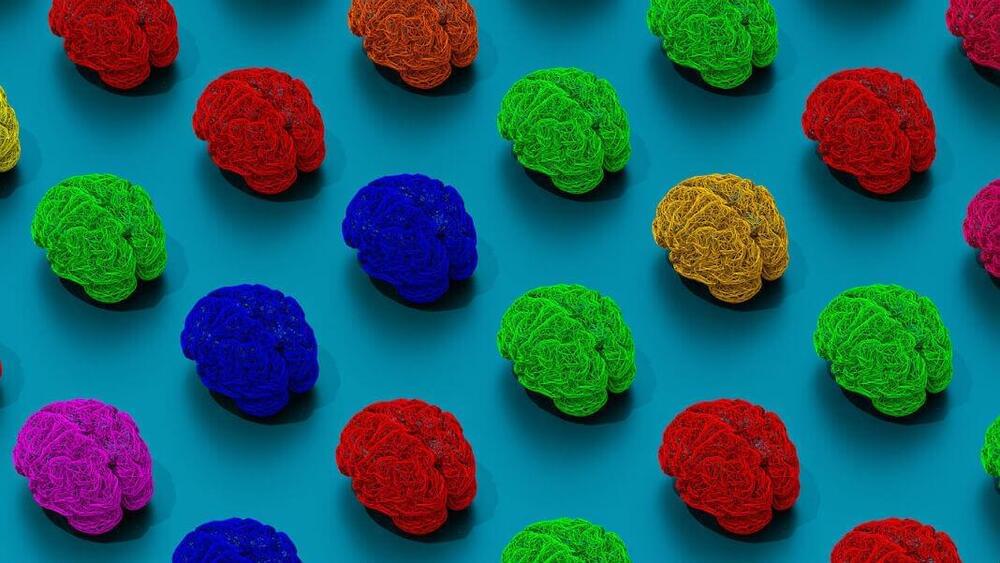May 12, 2022
The origin of life: A paradigm shift
Posted by Genevieve Klien in categories: biological, evolution, genetics
According to a new concept by LMU chemists led by Thomas Carell, it was a novel molecular species composed out of RNA and peptides that set in motion the evolution of life into more complex forms.
Investigating the question as to how life could emerge long ago on the early Earth is one of the most fascinating challenges for science. Which conditions must have prevailed for the basic building blocks of more complex life to form? One of the main answers is based upon the so-called RNA world idea, which molecular biology pioneer Walter Gilbert formulated in 1986. The hypothesis holds that nucleotides—the basic building blocks of the nucleic acids A, C, G, and U—emerged out of the primordial soup, and that short RNA molecules then formed out of the nucleotides. These so-called oligonucleotides were already capable of encoding small amounts of genetic information.
As such single-stranded RNA molecules could also combine into double strands, however, this gave rise to the theoretical possibility that the molecules could replicate themselves—i.e. reproduce. Only two nucleotides fit together in each case, meaning that one strand is the exact counterpart of another and thus forms the template for another strand.
